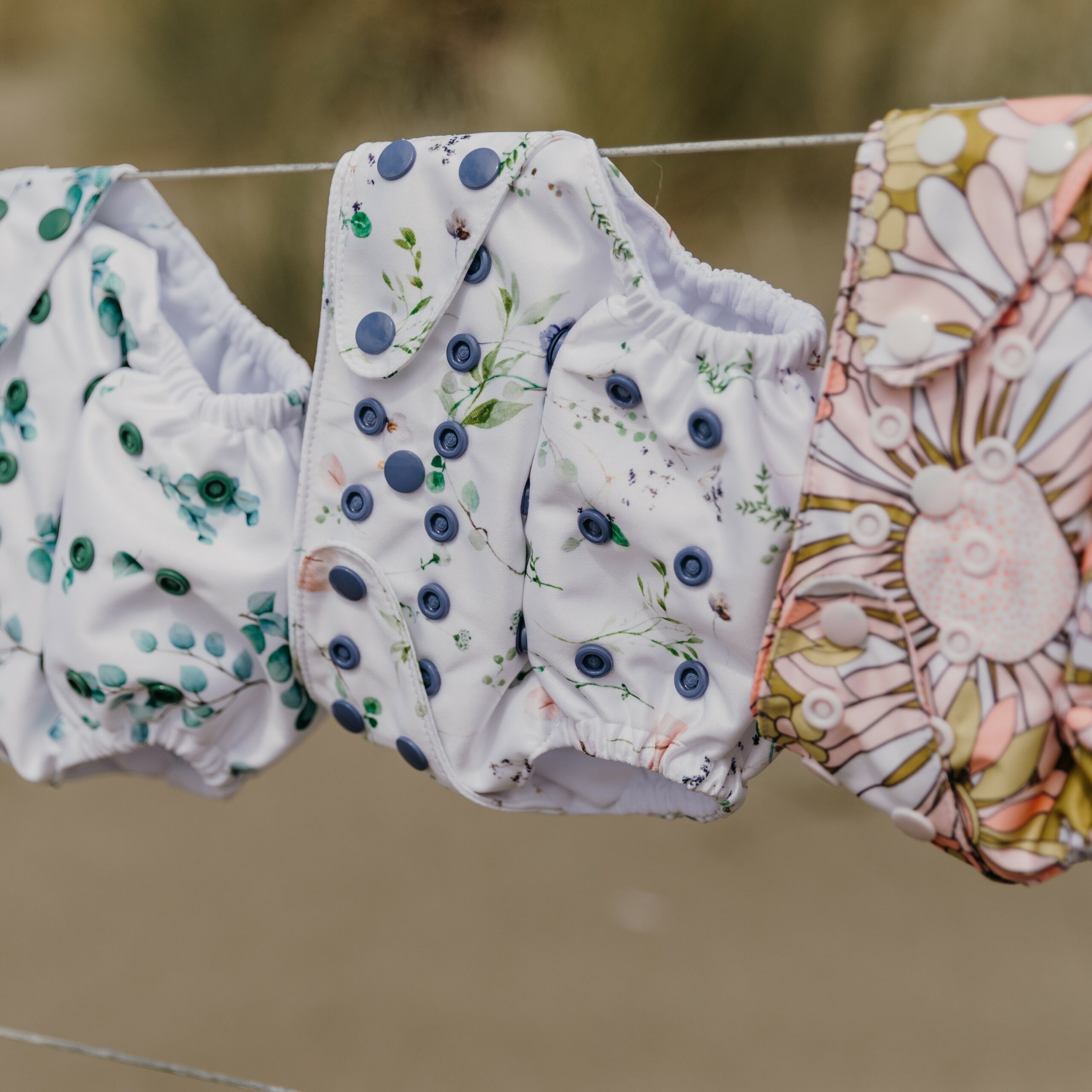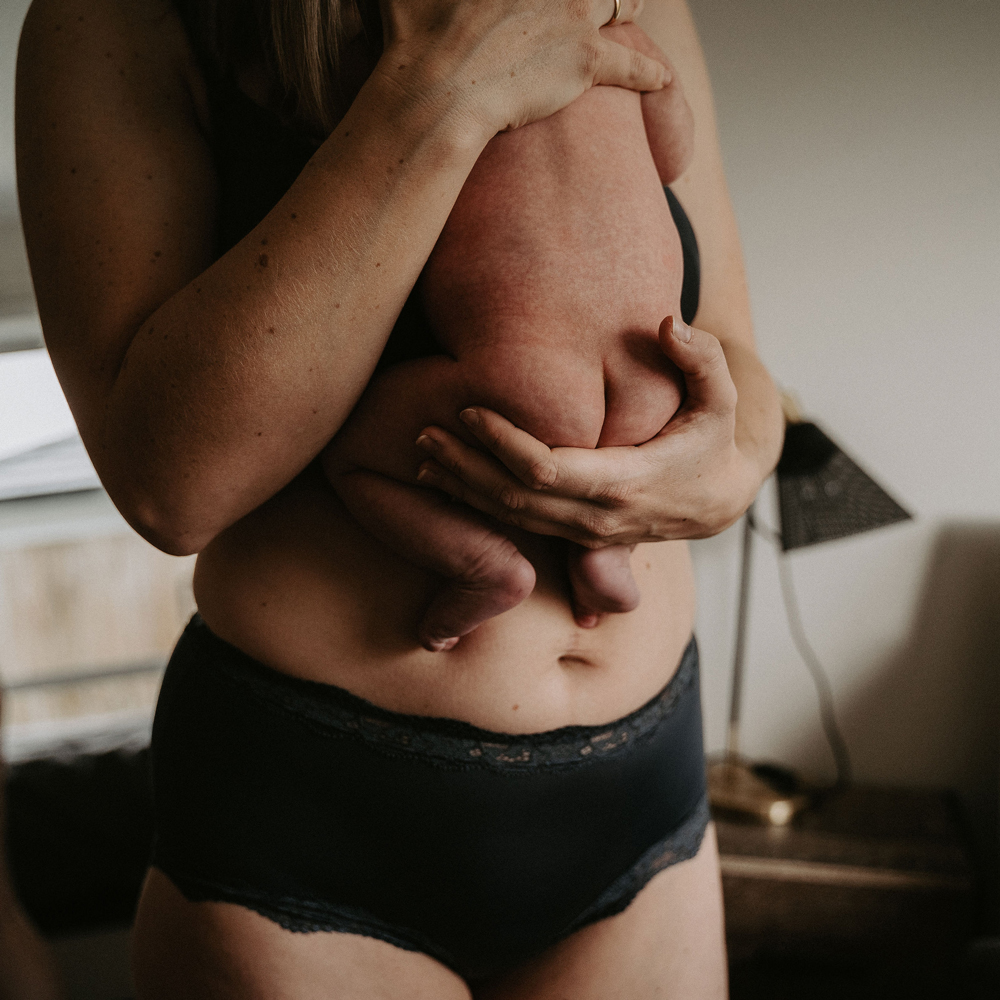The Second Stage: Birth

PĒPI Avayah-Ann Te Hau
MĀMĀ Genesis Bidois
PHOTOGRAPHY Catherine Smith @catherinesmithphotography
Let’s look at what happens when it’s time to push, so you can meet your pēpi!
Here we discussed early labour, active labour and transition, all as parts of the first stage of labour. Now, let’s look at the second stage: the birth of your pēpi. Your baby’s birth can only happen once your cervix is completely dilated to 10cm, enabling them to move from the uterus and out of the birth canal.
If you haven’t had pain relief during your labour, the feeling of being ready to push may be similar to an urge to poo. Spoiler alert: that’s actually your baby descending into the birth canal! If you have had an epidural, you may not feel an urge to push, but your LMC will perform an internal examination to check how you are progressing and let you know when you are fully dilated.
How to push effectively
- Tuck your chin to your chest.
- Direct the pushing into your bottom, as if you are doing a poo.
- Hold your breath – instead of making noise, direct all of your energy into pushing.
Many birthing people feel embarrassed about the idea of pooing during birth but it’s totally common. In fact, if it happens to you it’s a good sign that you’re pushing effectively and your baby is close to being born!
Understanding pushing
During the second stage, you will feel the urge to push with each contraction. It’s important to only push during a contraction to ensure your baby is born gently and you don’t get fatigued. Your LMC will guide you through the pushing stage and encourage you to work with your body. If you have had an epidural and can’t tell when you’re having a contraction, the midwife or doctor will tell you each time to push.
As you push, you will feel your pēpi move further down the birth canal and then slip back a little. It may feel disheartening but it’s actually an important part of the delivery process. This back-and-forth motion gives the skin and muscles of your vagina the chance to stretch and it also helps to squeeze all of the amniotic fluid out of your baby’s lungs so they’re ready to breathe air once they’re born.
When your baby’s head begins to emerge out of the vagina without slipping back in, this is called crowning. Your midwife or doctor may coach you through this next part of contractions to minimise the risk of tearing your perineum. They might tell you to push gently or to pant to help the head fully emerge from the vagina gently. As your pēpi first emerges from your vagina, the perineum will be stretched to its absolute maximum which can feel like a burning sensation, hence often being referred to as the ‘ring of fire’.
There is often a break between the time of the head being out and the next contraction, but don’t worry, your baby is still receiving oxygen through their umbilical cord and the placenta. Usually, within another contraction or two, your baby’s shoulder’s will be pushed out followed by the rest of your baby’s body – this final birthing of your baby is quite a warm, slithery sensation.
Congratulations, your pēpi is born – you did it!



